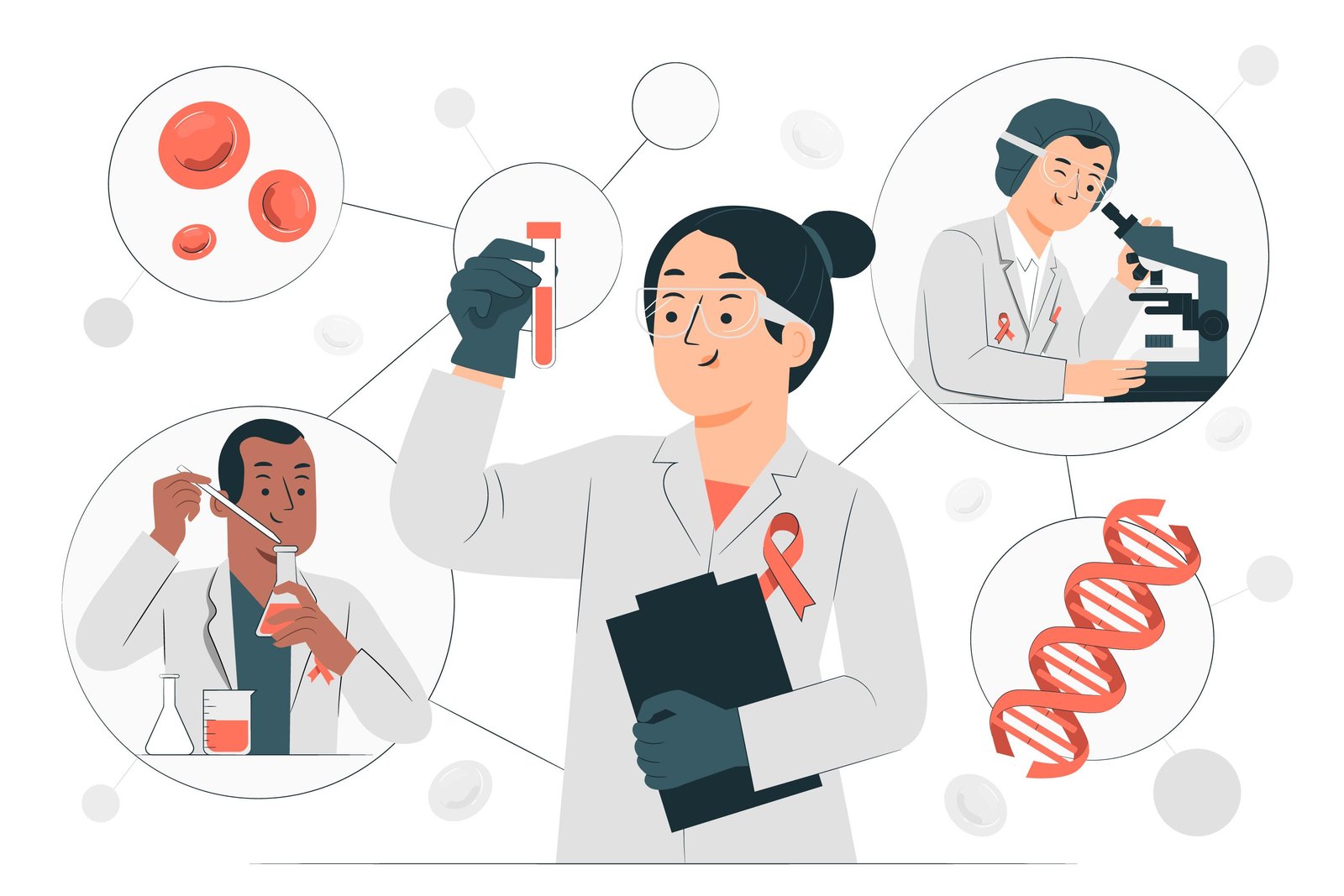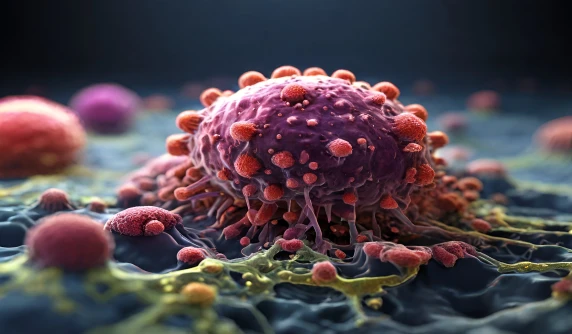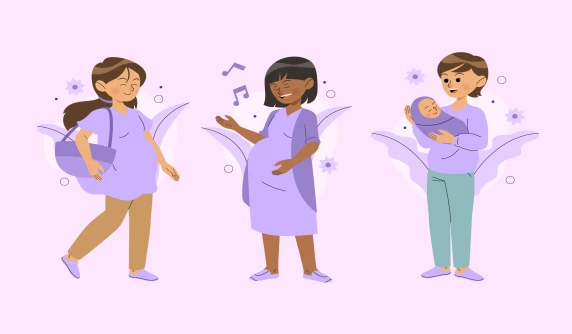
Lack of sufficient healthy red blood cells or hemoglobin to deliver oxygen to the body's tissues is known as anaemia. The red blood cell protein known as hemoglobin is responsible for transporting oxygen from the lungs to every other organ in the body.
Breathlessness, weakness, and exhaustion are symptoms of anaemia. Anaemia comes in a variety of types. Every one has a unique reason. Long-term or short-term anaemia is possible. It could be minor or really serious. anaemia may indicate a more serious medical condition.
Children with severe anaemia may experience delayed cognitive and motor development. Pregnant moms may experience issues, as well as their unborn children. Poor diet, infections, long-term illnesses, heavy menstruation, problems during pregnancy, and family history can all contribute to anaemia. It is frequently brought on by low blood iron levels.
Worldwide, anaemia is thought to afflict 269 million children aged 6 to 59 months and half a billion women aged 15 to 49. Anaemia afflicted 37% (32 million) of pregnant women and 30% (539 million) of non-pregnant women aged 15 to 49 in 2019.
If anaemia is not reduced, millions of women may experience health and quality of life problems, and children's growth and education may be hampered. Anaemia is a sign of poor health and poor nutrition.
Understanding Anaemia
There are several types of anaemia. All varieties of anaemia have low or faulty red blood cell counts, but they differ in their causes, degrees of severity, and approaches to treatment.
There are generally three main types of amenia, and each can have different causes:
-
Microcytic: This refers to insufficient hemoglobin in red blood cells. The red blood cells are therefore smaller than usual.
-
Normocytic: term refers to a lack of red blood cells to meet your body's requirements. Certain chronic disorders are often accompanied by normocytic anaemia.
-
Macrocytic: This also occurs when red blood cells produced by the bone marrow are larger than usual.
A variety of forms exist for anaemia. While their symptoms are similar, their causes, therapies, and degrees of severity are not the same.
Dietary adjustments can be used to treat some anemias, such as megaloblastic anaemia. Some anemias are inherited and chronic, like sickle cell anaemia.
Age, birth order, sex, comorbidities (such as fever, diarrhea, and acute respiratory infection), malnutrition or stunting, mother education, mother age, mother's anaemia status, household affluence, and place of residence were among the risk variables for anaemia that were found.
The causes of anaemia affect the symptoms of anaemia differently. It might consist of:
-
Fatigue
-
Weakness
-
Pale skin
-
Cold hands and feet
-
Dizziness
-
Reduced immunity - more prone to infections
-
Shortness of breath
Prevention Strategies for Women and Children
Healthcare experts with certification have led these instructional programs. In an effort to increase awareness of the importance of taking prompt action, P&G Health has joined with celebrity dietician Pooja Makhija.
While acknowledging that the health sector continues to be the primary means of implementing many of the recommended treatments, the framework also suggests other society stakeholders take certain steps.
Governments, non-governmental groups, academics, funding organizations, researchers, governments, and the media are some of them. Everybody has a certain role to play in maintaining people's health and lowering anaemia.
Challenges and Solutions
Anaemia is linked to impaired adult labor capability and cognitive and motor development in children, which has an impact on the economic development of the nation.
Pregnant and postpartum women, young children, and menstruation adolescent girls and women are the groups most affected by anaemia, a major global public health issue.
According to WHO estimates, anaemia affects 40% of children aged 6 to 59 months, 37% of pregnant women, and 30% of women aged 15 to 49 globally.
The underlying cause of anaemia determines how to treat and avoid the disorder. Anaemia can be effectively treated and prevented in a variety of ways.
In certain circumstances, changes to diet might help lower anaemia, such as:
-
Consuming foods high in nutrients, such as iron, folate, vitamin B12, and vitamin A
-
Eating a varied diet that is high in nutrients
-
Taking supplements on the advice of a licensed healthcare professional.
In everyday life, anaemia can be prevented and managed in a number of ways, such as by eating a varied and healthful diet and consulting a doctor as soon as possible if you exhibit symptoms.
To maintain a varied and healthful diet:
-
High iron foods for them to eat include lean red meats, fish, chicken, legumes (such beans and lentils), fortified cereals, and leafy green vegetables with dark green hues.
-
They ought to consume vitamin C-rich meals, like fruits and vegetables, as these aid in the body's absorption of iron.
When ingesting iron-rich foods, such as bran in cereals (wholewheat flour, oats), tea, coffee, cocoa, and calcium, they should avoid foods that slow down the absorption of iron.
The five other global nutrition targets—stunting, low birth weight, childhood overweight, exclusive breastfeeding, and wasting—are connected to anaemia.
In instance, low birth weight, perinatal and maternal mortality, as well as the prevalence of disease later in life, can all be avoided by controlling anaemia in women of reproductive age.
Therefore, it is in the interest of policymakers to allocate funds as needed.
Concluding Words and Suggested Reading List
If anaemia is not reduced, millions of women may experience health and quality of life problems, and children's growth and education may be hampered.
Anaemia is a sign of poor health and poor nutrition. Pregnancy-related anaemia is a serious issue in both industrialized and developing nations.
The most prevalent cause of anaemia is a nutritional iron deficiency; research indicates that up to 90% of cases of anaemia in mothers can be attributed to insufficient dietary iron intake.
Other causes of anaemia include worm infestation, HIV infection, and genetic diseases.
Preventing and controlling anaemia in pregnancy can be achieved through a variety of adopted strategies, such as raising awareness and promoting education, providing nutritional supplements, and controlling and preventing parasite infections.
In order to reduce the prevalence of anaemia in women of reproductive age by half by 2025, the World Health Organization (WHO) has released the first-ever comprehensive framework on the subject.
The globe is not on track to meet the global target for the reduction of anaemia since progress in this area has been slow.
Anaemia affects 269 million young children and 571 million women globally, making it a major public health concern.



